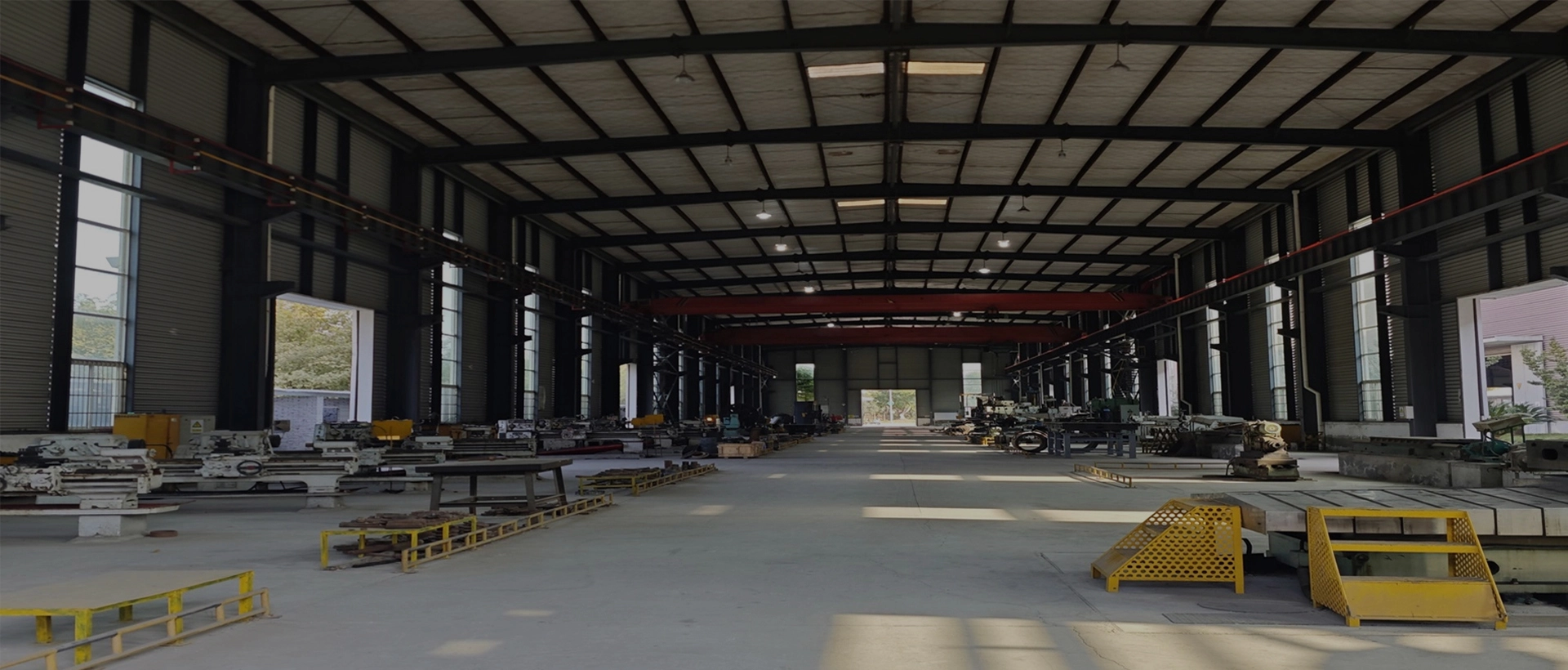Auxiliary equipment plays a pivotal role in enhancing mining operations, contributing significantly to efficiency, safety, and productivity.
1. Efficiency Improvement: Auxiliary equipment, such as conveyors, pumps, and loaders, streamline the movement of materials within mining sites. These tools reduce the time and labor required to transport ores and waste, thereby optimizing operational workflows. Advanced technologies in auxiliary equipment also enable precise control and automation of processes, minimizing downtime and enhancing overall productivity.
2. Safety Enhancement: The mining industry faces inherent risks, but auxiliary equipment can mitigate these dangers. Ventilation systems ensure breathable air, reducing the risk of respiratory issues, while dust suppression equipment minimizes the potential for lung diseases and explosion hazards. Lighting and communication tools are essential for safe navigation and coordination in the dark, confined spaces of mines.
3. Environmental Impact Reduction: Modern auxiliary equipment is designed with sustainability in mind. Energy-efficient machines lower the carbon footprint of mining operations, while water treatment systems ensure that mining activities do not contaminate local water sources. By reducing emissions and managing waste effectively, auxiliary equipment helps mining companies comply with environmental regulations and societal expectations for responsible resource extraction.
In conclusion, auxiliary equipment like screening equipment is indispensable in modern mining operations, driving improvements in efficiency, safety, and environmental stewardship.
